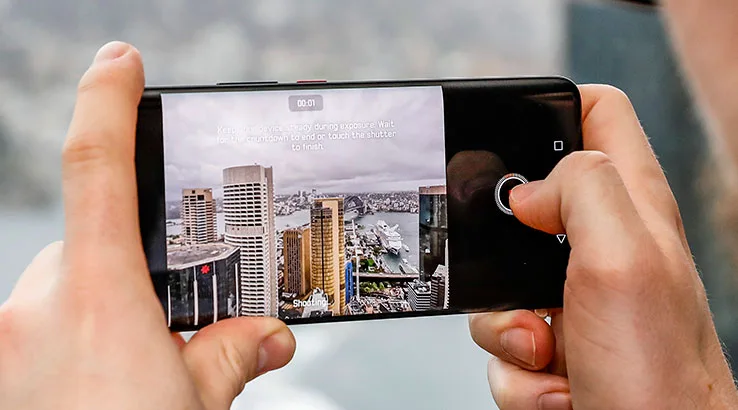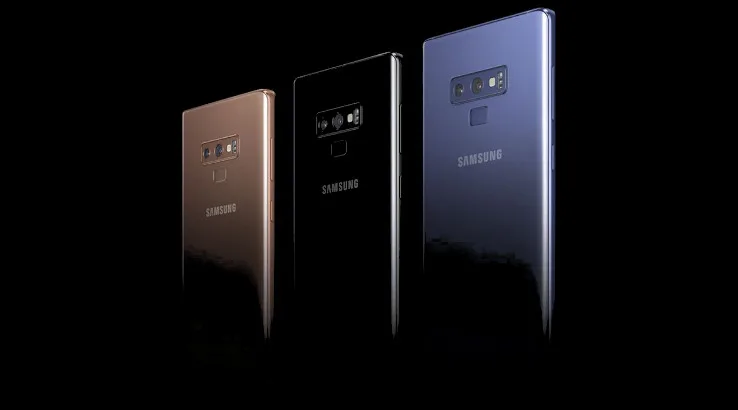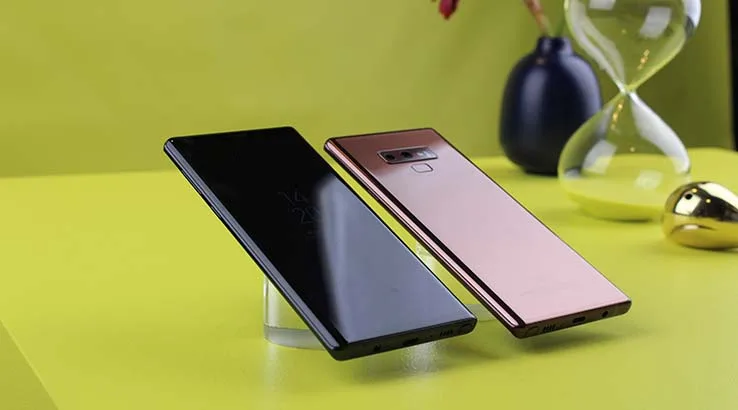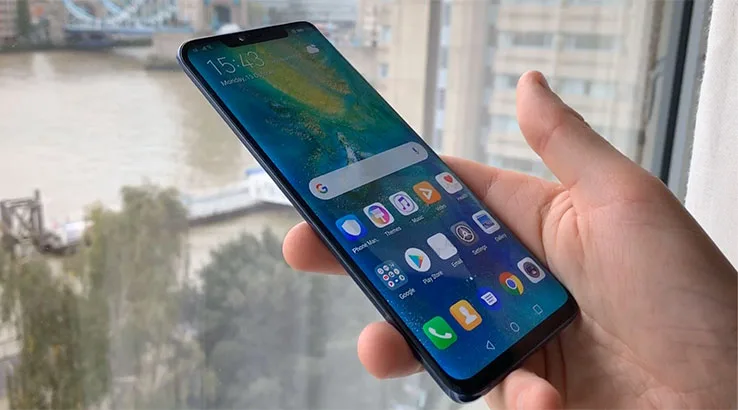Huawei Mate 20 Pro vs Samsung Galaxy Note9

How do the largest Android flagships from Huawei and Samsung compare?
Huawei Mate 20 Pro vs Samsung Galaxy Note9: What to look for
Huawei's share of the global smartphone market has exploded in recent years. While much of that growth can be attributed to its very affordable entry-level and mid-range handsets, it has also produced some stellar flagship phones. That puts Samsung, the company that makes the majority of the profits in the Android smartphone space, directly in Huawei's sights.
Huawei's Mate series of phones have typically been pitched directly to take on Samsung's Note line of handsets, because they've both had a strong productivity focus. The new Huawei Mate 20 Pro is a slightly more stylish affair, but then the Note9 is also something of a looker as well.
Beyond the visual appeal of each approach, how do the two handsets really compare?

Huawei Mate 20 Pro vs Samsung Galaxy Note9: Power
The Huawei Mate 20 Pro uses Huawei's Kirin 980 processor and we'd expect that the next series of Huawei P phones will run on it as well. Huawei's keen to point out the Kirin 980's processing power and especially its AI prowess. That's something that can be developed over time, but at least for our initial hands-on, it appears to be a solidly powerful phone.
The Huawei Mate 20 Pro will launch with Android 9.0 ("Pie"), which should give it a little more performance overhead. Huawei's still using its own EMUI launcher on top, along with a variety of pre-installed applications. EMUI is very much an acquired taste that you'll either love or hate.
Samsung's launcher (previously known as TouchWiz, now "Samsung Experience") is likewise not quite stock Android and again it's a matter of what you're happy and comfortable with. At a hardware level, the Samsung Galaxy Note9 runs on either a Qualcomm Snapdragon 845 or Exynos 9810 processor depending on the market it's bought in. In Australia, we get the Exynos version, along with 6GB or 8GB of RAM and either 128GB or 512GB of storage.
Storage expansion is an interesting comparison. Both phones support expandable storage, but the Note9 uses microSD cards, where the Huawei Mate 20 Pro will support a new nm media card format for up to 256GB of storage expansion. In terms of raw storage, that means you could throw a lot more onto an expanded Galaxy Note9.
The Note9's Category 18 modem is no slouch, but Huawei's building for the future with the Mate 20 Pro, which features a Category 21 modem inside. As yet, you're not going to hit those kinds of speeds on Australian networks.
Huawei Mate 20 Pro vs Samsung Galaxy Note9: Camera

The Samsung Galaxy Note9 uses the camera formula found in the generally excellent Galaxy S9+, with dual rear cameras with variable aperture, "live focus" features and AI-assisted automated photography.
AI is the name of the game for Huawei and especially so for the Huawei Mate 20 Pro. Gone is the monochrome lens found on the Huawei P20 Pro, replaced with wide, ultra-wide and telephoto lenses. The camera app is very similar to that found on the Huawei P20 Pro, with support for lots of fun creative features, as well as more professional modes for those so inclined.
Huawei Mate 20 Pro vs Samsung Galaxy Note9: Battery

Samsung played it quiet on the battery front for a while after the Note7 crisis, but it's back at full strength with the Samsung Galaxy Note9, which features a 4,000mAh battery, USB-C fast charging and support for both PMA and Qi wireless charging standards. It's the phone that currently tops our battery testing benchmarks by a pretty wide margin.
That gives Huawei a significant challenge to beat, but the Huawei Mate 20 Pro might just manage it. Huawei has packed in a 4,200mAh battery into the Huawei Mate 20 Pro's frame and while it's only Qi-compatible, that's bi-directional, meaning it can not only take charge from a Qi charger, but also charge other devices from its own battery reserves. You'd need patience because wireless charging is rather slow, but you could charge a Galaxy Note9 from a Mate 20 Pro, at least a little.
Huawei Mate 20 Pro vs Samsung Galaxy Note9: Pricing

The Huawei Mate 20 Pro will be Huawei's most expensive regular handset (ignoring those exclusive Porsche Design models) to date, retailing at $1,599 in Australia when it goes on sale from 1 November 2018.
Samsung's Galaxy Note9 pricing starts lower at $1,499 for the 128GB model, but then jumps higher to $1,799 for the 512GB variant.
The Huawei Mate 20 Pro will be available on contract terms through Vodafone and Optus. You can compare Optus' Huawei Mate 20 Pro plans as well as Vodafone's Mate 20 Pro plans.
The Samsung Galaxy Note9 is available across major carriers on contract terms, which you can check below:

